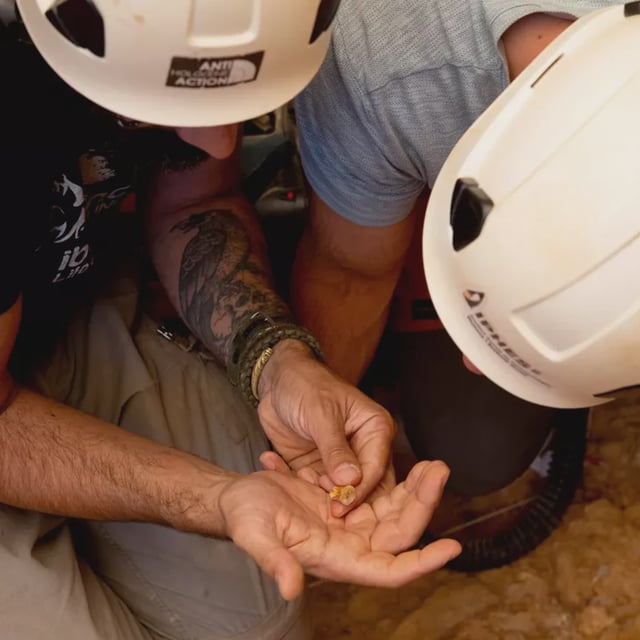Overview
- Catalan Institute of Human Palaeoecology and Social Evolution researchers uncovered an 850,000-year-old Homo antecessor child’s vertebra at Gran Dolina in July 2025, with precise cut marks consistent with intentional decapitation.
- The vertebra exhibits defleshing scars and intentional fractures that mirror butchery techniques used on animal prey, suggesting Homo antecessor treated human bodies as a food resource.
- Previous systematic digs at the UNESCO-protected TD-6 stratum revealed more than 160 bone fragments from at least eleven Homo antecessor individuals dating 850,000 to 780,000 years ago, indicating repeated cannibalistic practices.
- Fossilised hyena excretion in the same sediment layer indicates the cave was alternately occupied by carnivores and humans under shifting ecological pressures.
- The evidence bolsters the hypothesis that Homo antecessor was an ancestor of Homo heidelbergensis and ultimately Neanderthals, illuminating a key branch in human evolutionary history.


